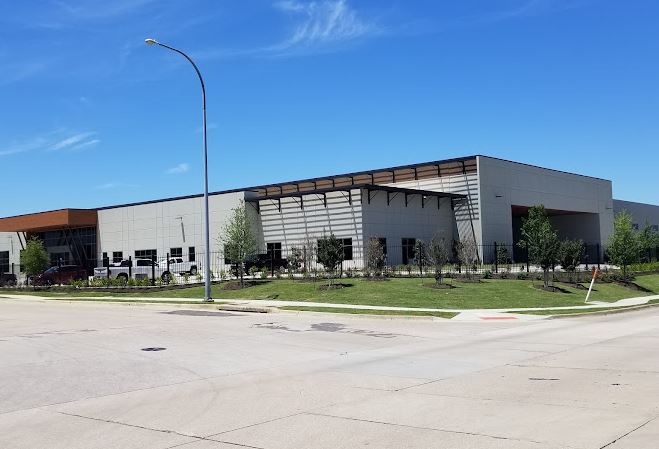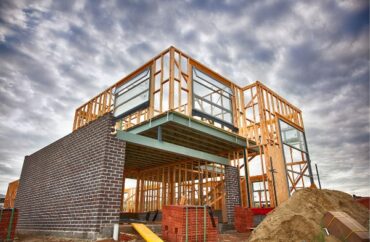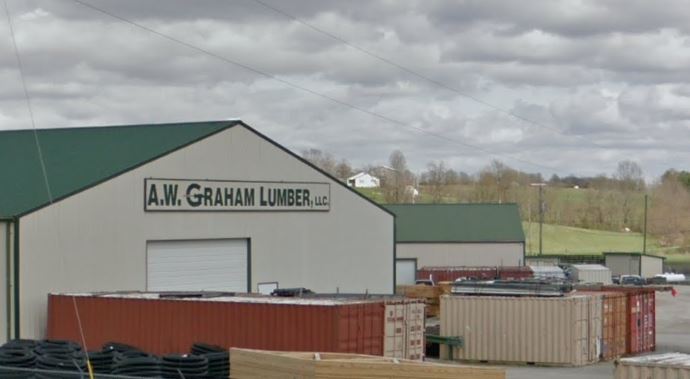
ABC: Construction Industry Faces 650,000 Workforce Shortage in 2022
According to a forecast prepared by Associated Builders and Contractors, to meet labor demand in 2022, the construction sector will need to attract roughly 650,000 additional workers on top of the current hiring rate.
“ABC’s 2022 workforce shortage analysis sends a message loud and clear: The construction industry desperately needs qualified, skilled craft professionals to build America,” said ABC President and CEO Michael Bellaman.
“The Infrastructure Investment and Jobs Act passed in November and stimulus from COVID-19 relief will pump billions in new spending into our nation’s most critical infrastructure, and qualified craft professionals are essential to efficiently modernize roads, bridges, energy production and other projects across the country. More regulations and less worker freedom make it harder to fill these jobs.”
ABC’s proprietary model uses the historical relationship between inflation-adjusted construction spending growth from the U.S. Census Bureau’s Value of Construction Put in Place survey and payroll construction employment from the U.S. Bureau of Labor Statistics to convert expected increases in construction outlays into demand for construction labor at a rate of approximately 3,900 new jobs per billion dollars of additional construction spending.
This increasing demand is on top of the already above-average number of employment vacancies.
The model also takes into account predicted industry retirements, moves to other industries, and other types of anticipated separation.
According to historical Census Bureau Job-to-Job movement data, a projected 1.2 million construction employees will leave their positions in 2022 to work in other industries.
This is predicted to be offset by an estimated 1.3 million workers leaving other industries to work in construction.
“The workforce shortage is the most acute challenge facing the construction industry despite sluggish spending growth,” Anirban Basu, ABC’s Chief Economist, stated.
“After accounting for inflation, construction spending has likely fallen over the past 12 months. As outlays from the infrastructure bill increase, construction spending will expand, exacerbating the chasm between supply and demand for labor.
“An added concern is the decline in the number of construction workers ages 25-54, which fell 8% over the past decade. Meanwhile, the share of older workers exiting the workforce soared,” Basu continued.
According to the Centers for Disease Control and Prevention, the industry’s average age of retirement is 61, and more than 1 in 5 construction workers are currently older than 55. The scarcity of qualified skilled workers is an even more pressing issue.
Since 2011, the number of entry-level construction laborers has increased 72.8%, while the number of total construction workers is up just 24.7%. For reference, the number of electricians was up 23.9% over that span while the number of carpenters actually declined 7.5%.
The number of construction managers has increased by just 2.1%. More than 40% of construction workforce growth over the past decade consists of low-skilled construction laborers, who represent just 19% of the workforce.
“The roughly 650,000 workers needed must quickly acquire specialized skills,” said Basu.
“With many industries outside of construction also competing for increasingly scarce labor, the industry must take drastic steps to ensure future workforce demands are met.”
To fulfill industry demand in 2023, the industry will need to hire approximately 590,000 more workers on top of typical employment, assuming that construction spending growth slows next year.
“Now is the time to consider a career in construction,” Bellaman added.
“The vocation offers competitive wages and many opportunities to both begin and advance in an industry that builds the places where we work, play, worship, learn and heal. ABC member contractors use flexible, competency-based and market-driven education methodologies to build a construction workforce that is safe, skilled and productive. This all-of-the-above approach to workforce development has produced a network of ABC chapters and affiliates across the country that offer more than 800 apprenticeship, craft, safety and management education programs—including more than 300 registered apprenticeship programs across 20 different occupations—to build the people who build America.”

























